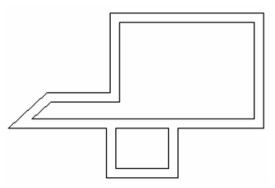(Available in All TurboCAD Variants)

Default UI Menu: Architecture/Walls/Wall
Ribbon UI Menu:

Creates segments of double lines that represent wall layouts. The difference between this tool and the Double Line tools is that walls automatically heal at corners and intersections. In addition, you can attach walls to existing walls which will also heal.
Justification of walls:
There are four types of justification Left, Center, Right and Baseline. Justification allows you to select the alignment of every new wall. You can select the options from local menu or inspector bar.
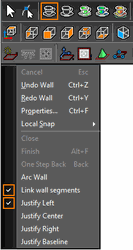

Demo Video:
- Select two points to draw the first wall segment.

Tip: Use Shift to activate Ortho mode if you want to draw horizontal and vertical walls.
- Select the endpoint for the next wall segment. The corner is automatically healed; no intersection lines are shown.
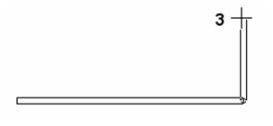
- Select more wall endpoints as needed.
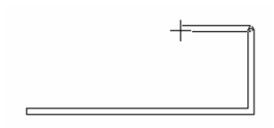
- To add a circular wall segment, select Arc Wall* from the local menu or Inspector Bar and.

- To create the arc segment, first select the endpoint, then select a point along the circumference.
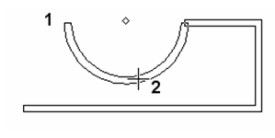
- To return to linear walls, turn off Arc Wall. Continue selecting wall endpoints. Select Finish from the local menu or Inspector Bar. If you want to close the wall, select Close from the local menu or Inspector Bar.

Any wall segment can be deleted or moved like any other object.
You can choose to enter an Angle (which is absolute in relation to the world coordinates) or a Relative Angle which is the angle from the end point of the previous segment.

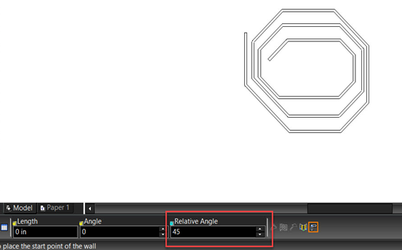
The Relative Angle is also enabled with Curved Walls.
Linking and Healing
Walls have two aspects which define how they interact with one another: Linking and Healing. Linking means that walls are associative (attached). If you move or modify a wall, walls that are linked to it will modify themselves to remain attached. Healing means that the intersection of walls is cleaned to show a joint without overlapping elements.
Attaching Walls
Any wall you add to an existing wall will be automatically healed at their intersections.
- Click inside an existing wall at the point where you want to add another wall.

- Select segment endpoints.
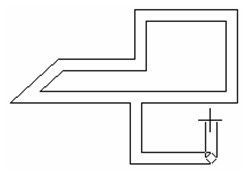
-
If you extend a segment to an existing wall, this intersection will be healed as well.
-
If you extend a segment using the T-Meet tool or Meet 2 Lines tool into an existing wall, this intersection will be healed and linked.
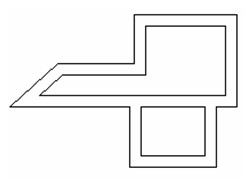
Link Wall Segments
The Link Wall Segments (local menu) option controls whether walls become linked as they are drawn. It is on by default, but If it is turned off walls will not become linked. You can tell if a wall is linked by selecting it. Any other segments linked to that wall will be highlighted. Since walls automatically linked when you draw then in proximity this option can be useful for drawing a wall close to another wall without having them link. For example, this can be useful for drawing cubicle walls in an office setting.
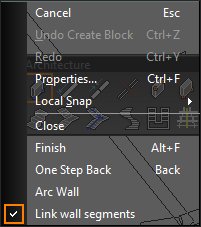
Drop Link between Wall Segments
You can break the link between any two walls segments.
- Select the two segments
- Right click to open the local menu and select Drop Link.
Moving Walls
To move a single wall, select it as you would any other object and use the Select Edit tools to move, scale, or rotate it. Moving a wall will affect its adjacent walls.
- In Select mode, select the wall you want to move. To select multiple walls, use Shift or drag a selection window.
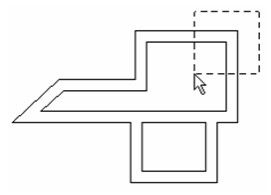
In addition to the walls you selected, adjacent walls are marked in blue, so that you will see all affected walls before performing the edit.

- Use the Select Edit tools to move, rotate, or scale the selected wall or walls.
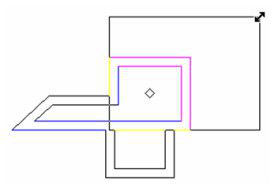
The affected walls extend or shrink to meet the new walls, but their orientation does not change. If the walls contain inserted windows, door, or other blocks or openings, they will adjust as well.
